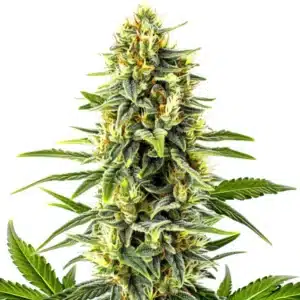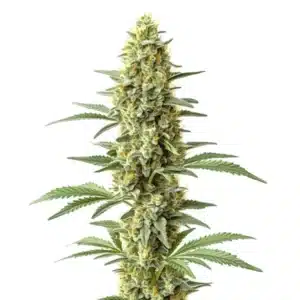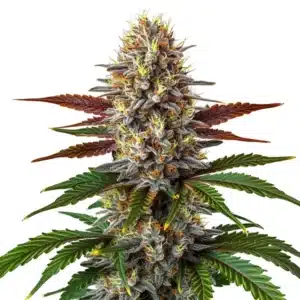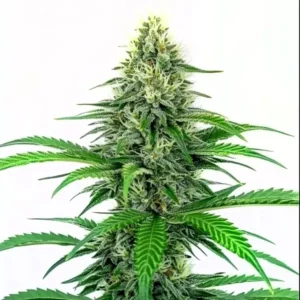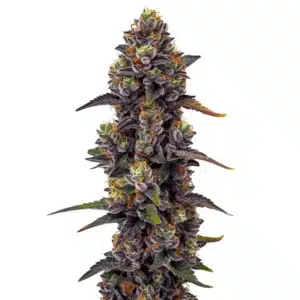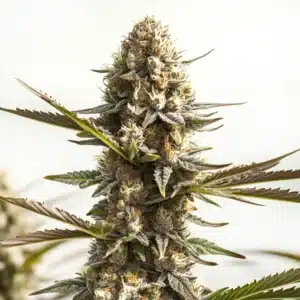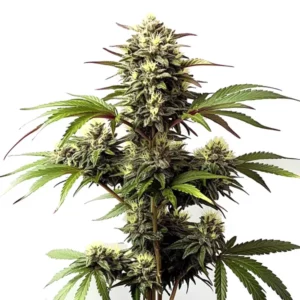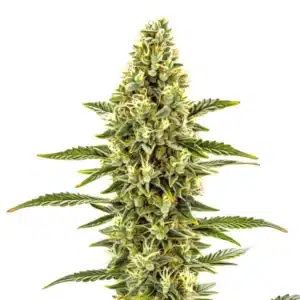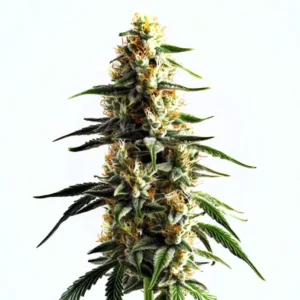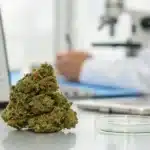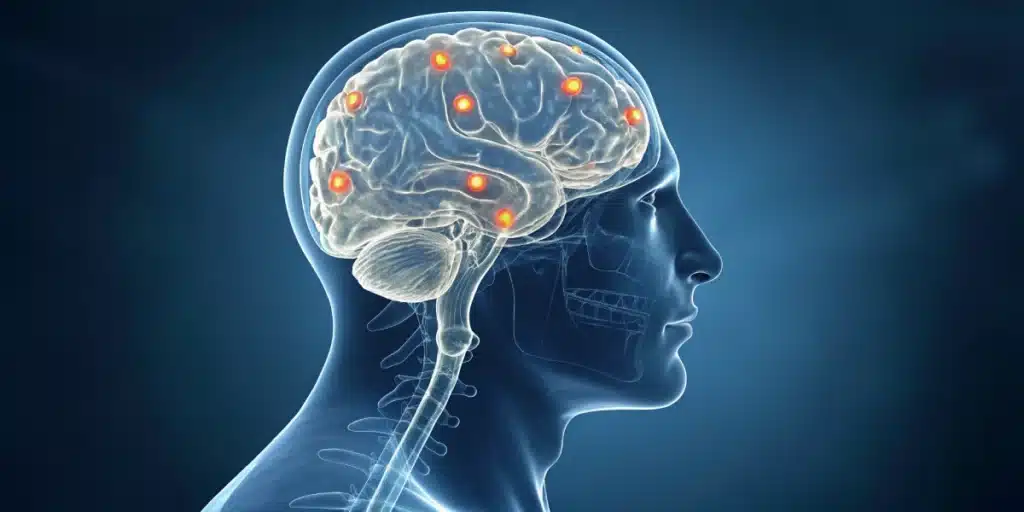
Does Weed Kill Brain Cells? Separating Facts from Myths
Historical Perspectives on Cannabis and Brain Health
The first studies on cannabis appeared in the mid‑1800s, but early experiments lacked control groups and clear methods, leading to claims of neuron loss in animal brains. People took those claims at face value and linked cannabis to permanent brain damage. As a result, that fear shaped drug policy and public opinion for decades.
The Underlying Mechanism: The Endocannabinoid System
To understand how cannabis affects the brain, it’s essential to first know about the endocannabinoid system (ECS). The reason cannabis can have any effect, medicinal or recreational, is because our bodies have a built-in system of receptors that cannabinoids like THC can bind to. This vast network, present throughout our bodies, plays a crucial role in regulating mood, memory, pain, and many other functions. Therefore, when discussing cannabis and brain cells, we are really talking about how external cannabinoids interact with this pre-existing internal system.
Recommended Strains
Kali Mist
|
|
THC | 16% - 19% (Medium) |
|
|
Type | Feminized |
|
|
Yield | Medium |
|
|
Phenotype | 10% Indica / 90% Sativa |
Amnesia x Kali Mist
|
|
THC | 20% - 25% (Medium) |
|
|
Type | Feminized |
|
|
Yield | High |
|
|
Phenotype | 20% Indica / 80% Sativa |
Evolution of Scientific Methods
In the mid‑20th century, labs adopted double‑blind trials and precise dosing. This era was defined by the work of the legendary Israeli scientist Dr. Raphael Mechoulam, who is credited with first discovering and isolating THC. (Dr. Mechoulam passed away in March 2023, leaving behind an immense legacy in cannabinoid research.) Researchers discovered active cannabinoids and began using control groups and blind analysis to avoid bias. Tools like chromatography and receptor assays emerged, allowing scientists to measure cannabinoid levels with greater precision. That shift helped correct early misconceptions.
Promos & Deals
Modern Studies on Neurotoxicity
Animal Models and Findings
Researchers used rodents to test high THC doses. Histological analysis showed minor cell changes in some brain regions but not widespread death. Experts note that animal data does not confirm massive cell loss. Instead, those studies highlight altered signaling pathways without broad tissue damage. Lab animals metabolize THC differently from humans, which limits how we apply results, but these studies clarify safe exposure ranges.
Human Brain Imaging Results
Magnetic resonance imaging (MRI) scans in volunteers revealed small changes in brain structure, such as slight volume differences in memory centers of regular users. Other scans showed no clear tissue loss. Positron emission tomography (PET) helped map CB1 receptor density and found reduced receptor availability in heavy cannabis users. Still, scans did not show cell death.

Effects on Memory and Cognition
Short Term Memory Impact
Acute THC exposure disrupts working memory and attention. Volunteers who inhaled cannabis scored lower on recall tests within hours because THC interferes with neuron signaling in the hippocampus. Once THC levels drop, many users regain normal memory performance, often returning to baseline scores after twenty‑four hours.
Long Term Cognitive Outcomes
Heavy cannabis use over many years sometimes correlates with slight cognitive decline. Some studies reported slower responses compared to non‑users. However, other trials found no lasting deficits after months of abstinence. Experts argue that cofounders like alcohol, sleep patterns, and education level explain many differences.
Factors Influencing Brain Health Outcomes
Age and Developmental Stage
Adolescents experience rapid brain maturation, so they show higher sensitivity to THC. Studies indicate altered neural pruning when THC floods the developing brain. Adults have fully developed neural networks and show more resilience, often recovering baseline function faster.
Frequency and Dosage of Use
Low and occasional cannabis use often yields minimal cognitive changes. In contrast, daily use at high THC levels resulted in greater impairment on attention tasks. Experts found that significant changes appear at higher levels and with extended use.
Protective and Adaptive Mechanisms
Neuroplasticity and Recovery
The brain adapts to environmental changes. After stopping cannabis, many users report improved memory and focus within weeks. Brain scans show receptor levels rebounding to normal ranges over time. Cognitive training, exercise, and social engagement support this recovery.
Cannabinoid Neuroprotective Effects
Cannabidiol (CBD) shows promise as a protector against neuroinflammation. Lab teams noted less oxidative damage in cell cultures treated with CBD. In animal models of stroke, CBD reduced cell death and improved functional recovery. Clinical trials in models of brain injury suggest cannabinoids can reduce cell death and promote healing.
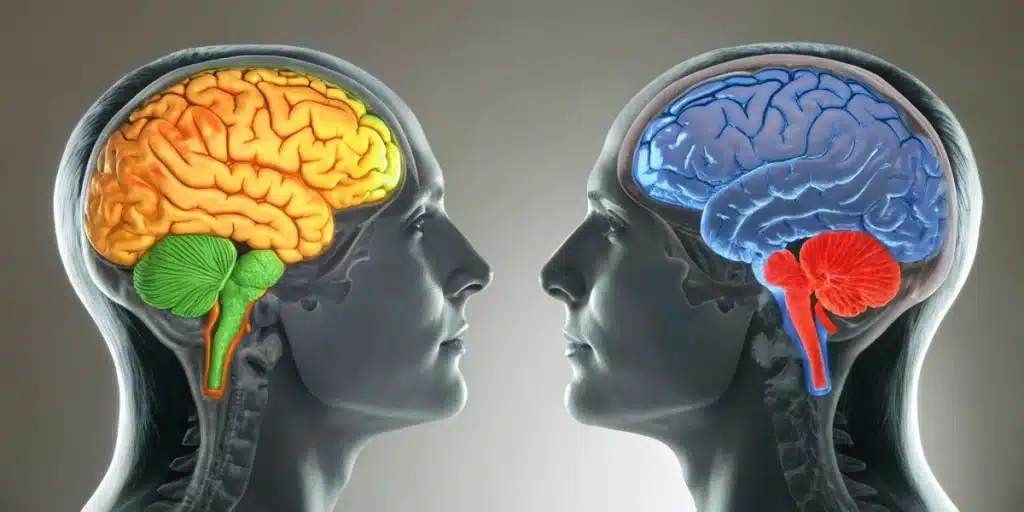
FAQs about Does Weed Kill Brain Cells
Is it true that weed kills brain cells?
Most evidence does not support direct neuron loss from typical cannabis use. Lab studies in rodents show minimal cell death only with very high THC doses. Human imaging reveals no clear signs of brain tissue reduction, even among long term users.
Can the brain recover after cannabis use?
Yes, many users regain cognitive performance after abstaining. Studies report receptor levels and neural signaling often return to baseline within weeks or months. Cognitive exercises and healthy habits speed up that process and promote lasting improvement.
Does cannabis affect adolescent brain development?
Adolescents show greater sensitivity to THC because their brains are still maturing. Heavy teen use links to more pronounced short term memory deficits and emotional shifts. However, moderate and occasional use yields less dramatic outcomes if users practice safe habits and avoid early, frequent exposure.


